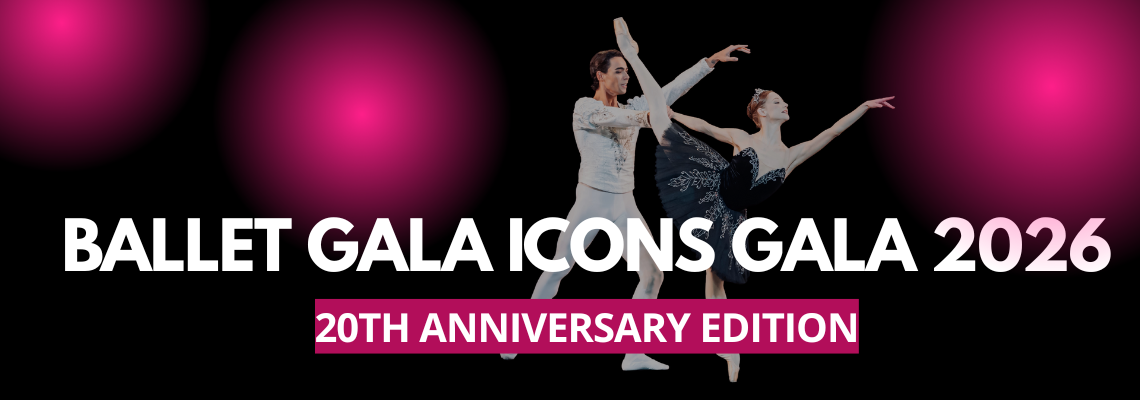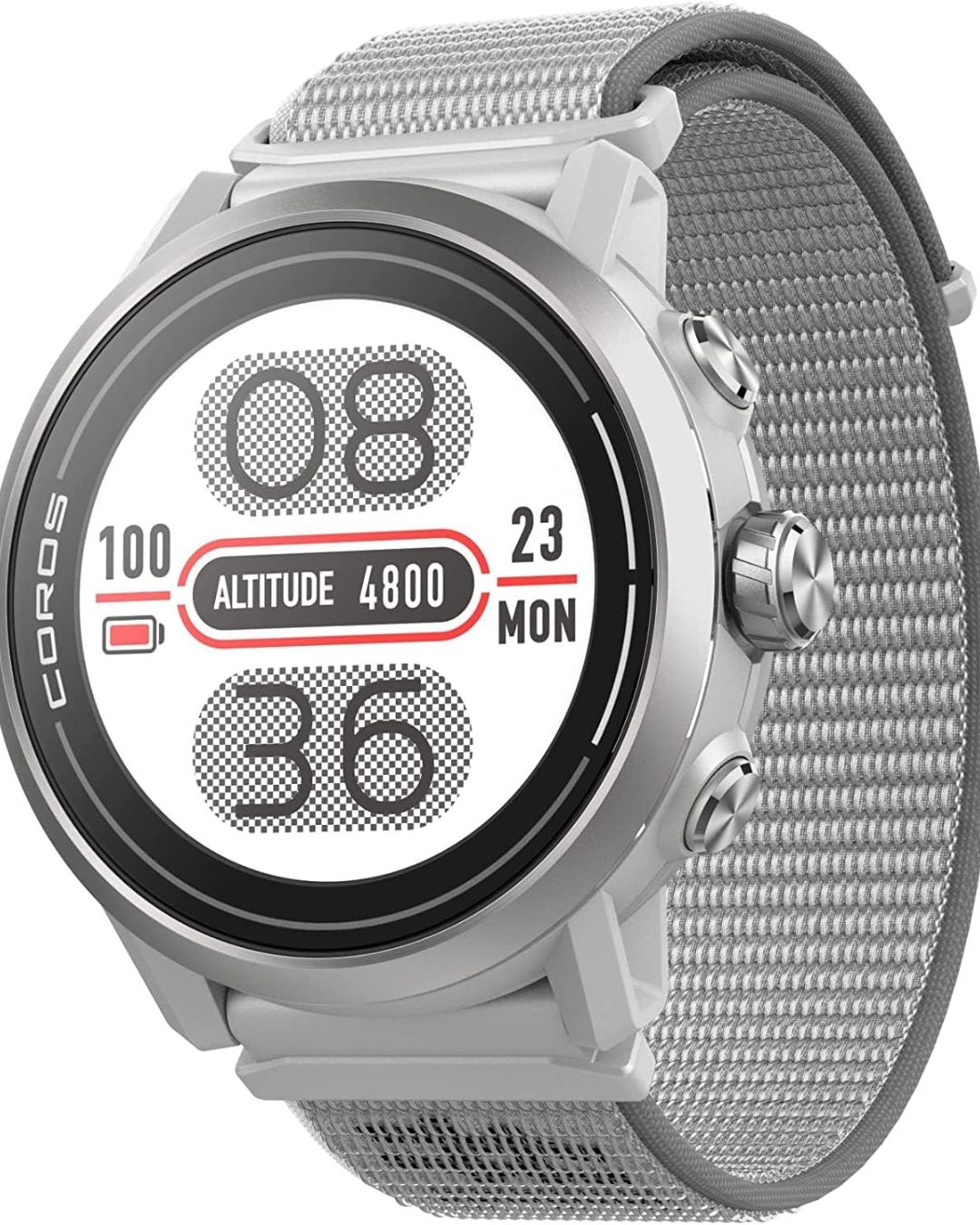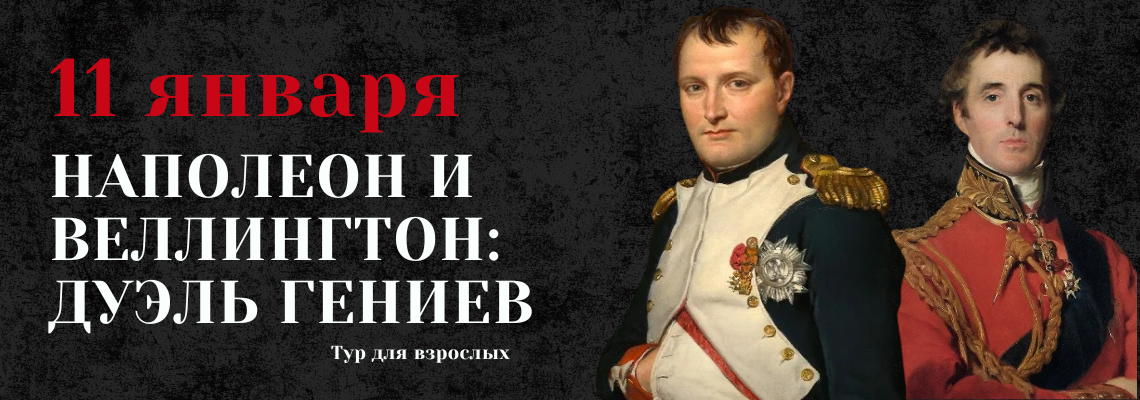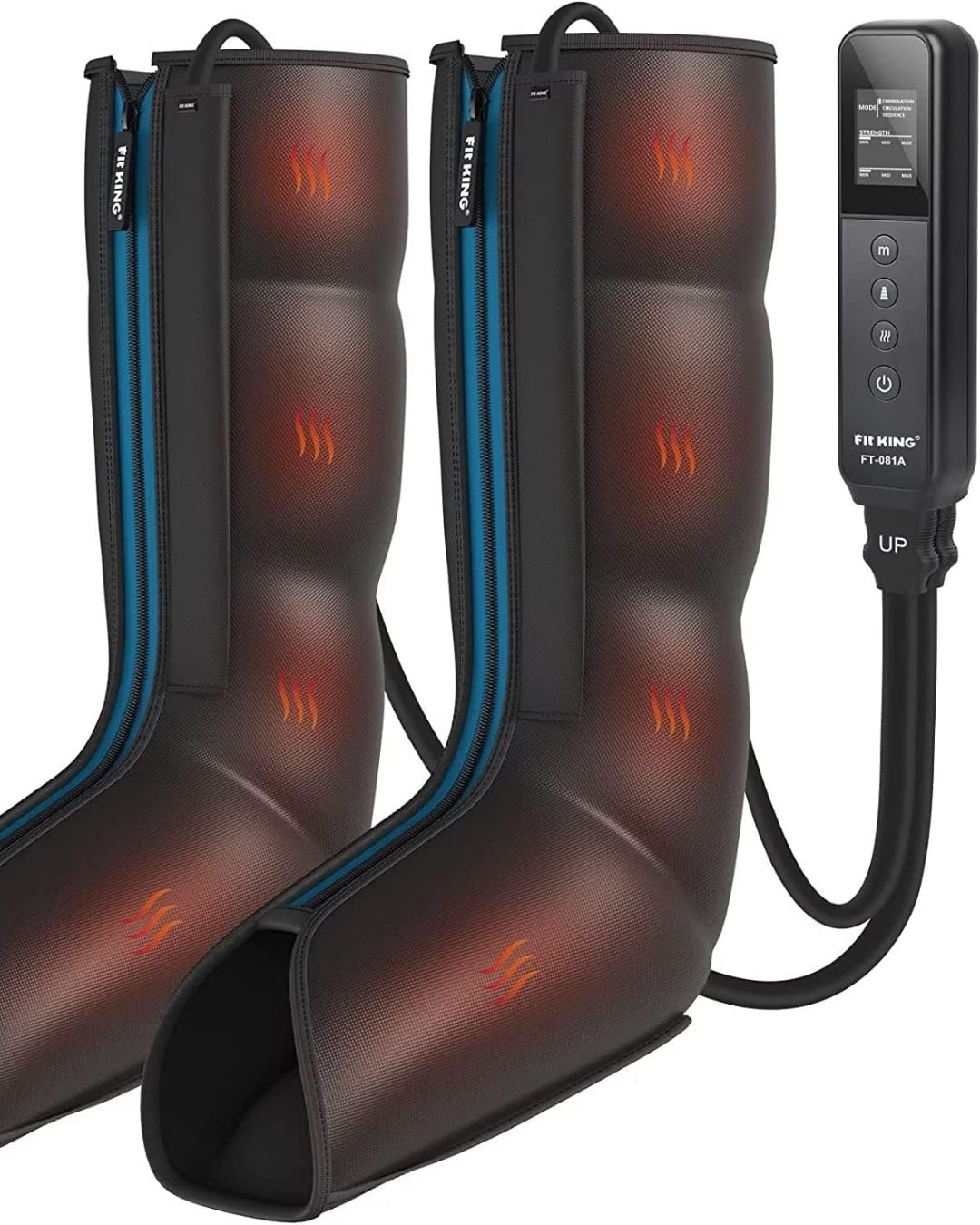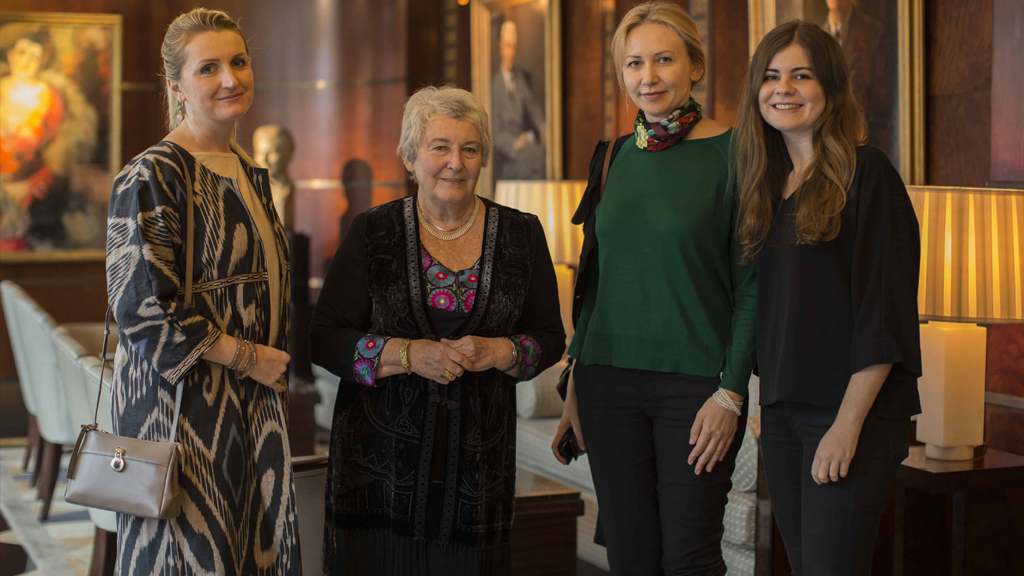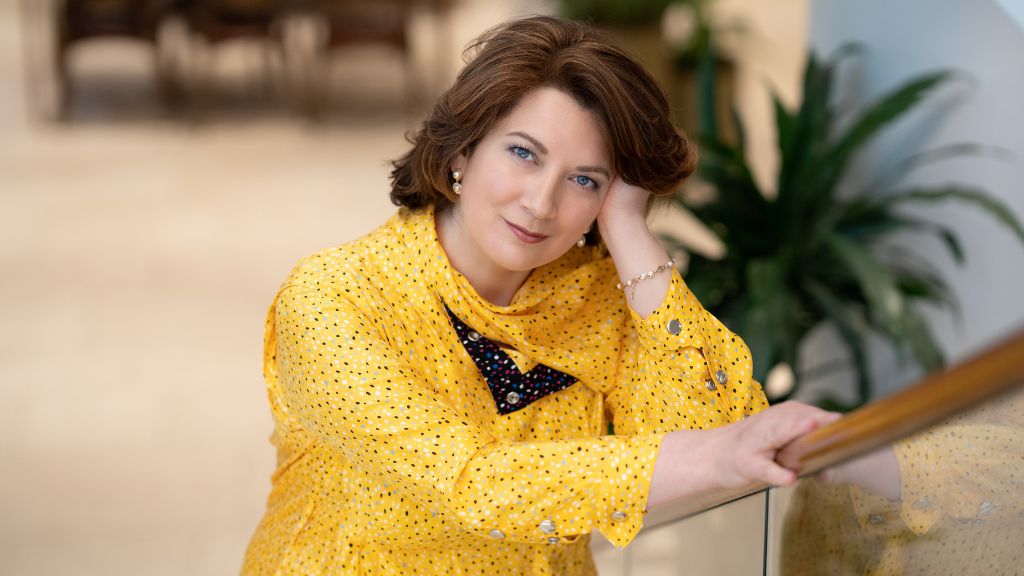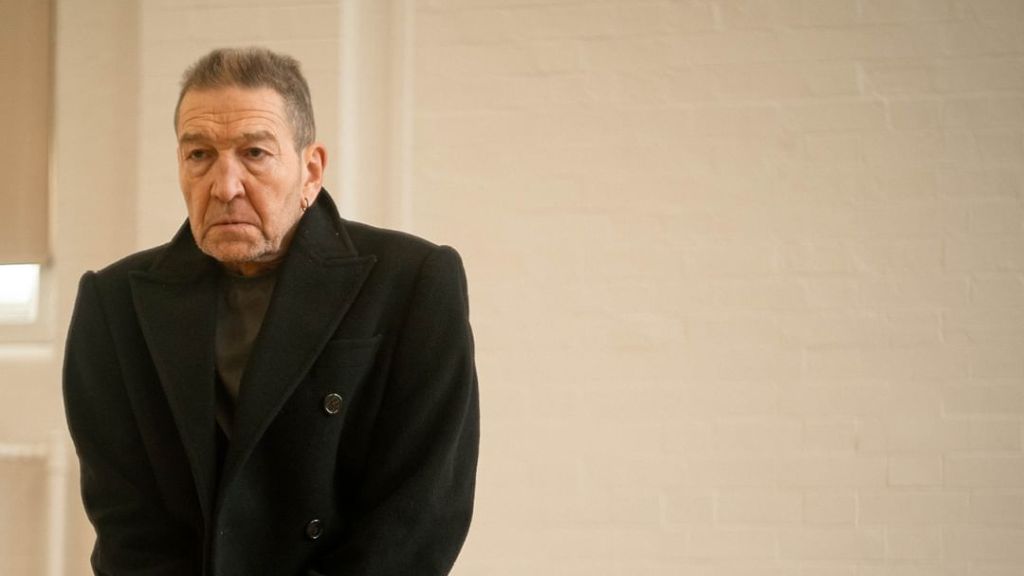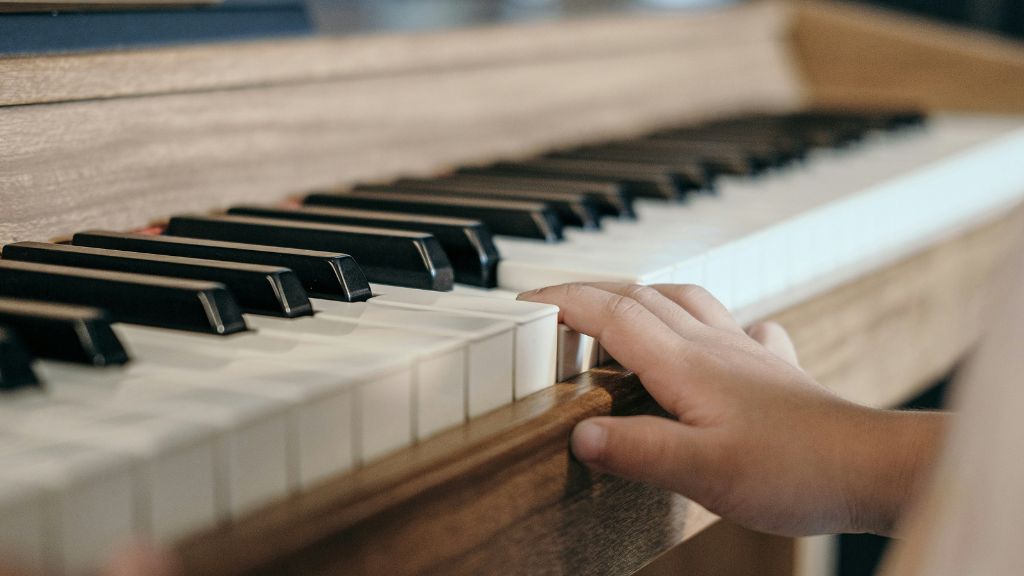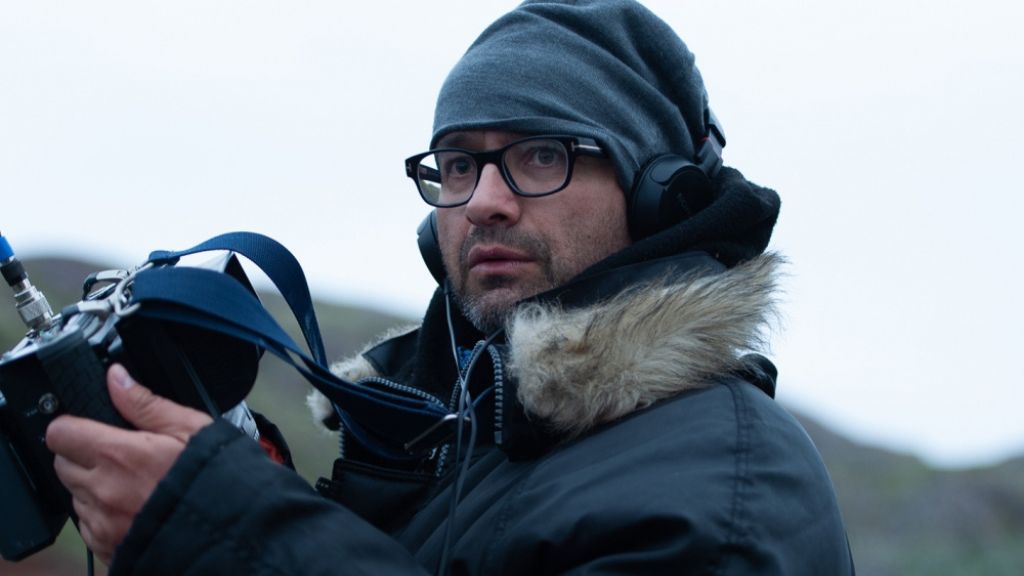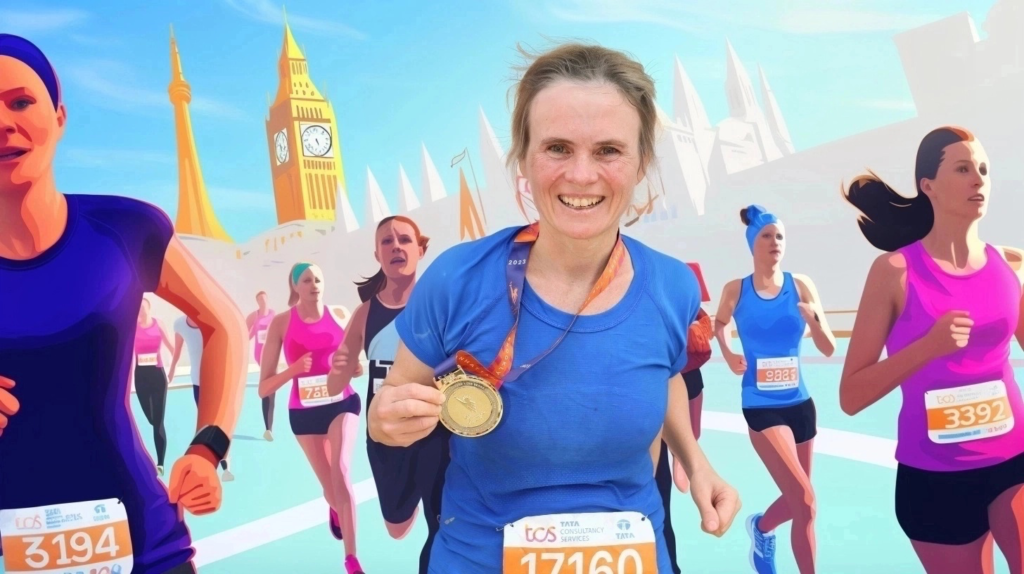
Adrenaline and ambition: marathon runner Katya Malinova on the thrill of racing, what marathons are really like, and how to keep going
Athletes are people of rare resilience and inner discipline. Their willpower, determination, and ability to push past their own limits are truly admirable. One of the most democratic — and at the same time, most demanding — sports is running. It may seem simple: lace up your trainers and go. But behind that simplicity lie countless kilometres of effort, training, and quiet conversations with yourself. In London, running is more than just a form of exercise — it’s part of the city’s culture. Since 1981, the legendary London Marathon has taken place here every spring, earning its reputation as one of the largest and most emotionally charged races in the world. In 2025, it will be held on 27 April. Ahead of this major event, Afisha.London spoke with Katya Malinova — a marathon runner who has competed in Canada, the USA, Germany, Japan, and the UK. We talked about what a marathon really looks like from the inside, why people run 42 kilometres, which routes leave lasting memories, and what advice is worth keeping in mind for those just starting their running journey.
The first London Marathon was held in 1981, initiated by Olympic equestrian medallists Chris Brasher and John Disley. The route began in Blackheath and passed through the Thames area near St. James’s Palace. Since then, the course has undergone several changes. Over 1.3 million runners have participated in the London Marathon since its inception.
The 2025 London Marathon is expected to make history as the largest event in this discipline, with over 56,000 participants anticipated, surpassing the current record of 55,646 finishers at the New York Marathon in November 2024. This year’s elite field includes Olympic champion Tamirat Tola, defending London champion Alexander Mutiso, half-marathon world record holder Jacob Kiplimo, and 11-time world marathon champion Eliud Kipchoge.
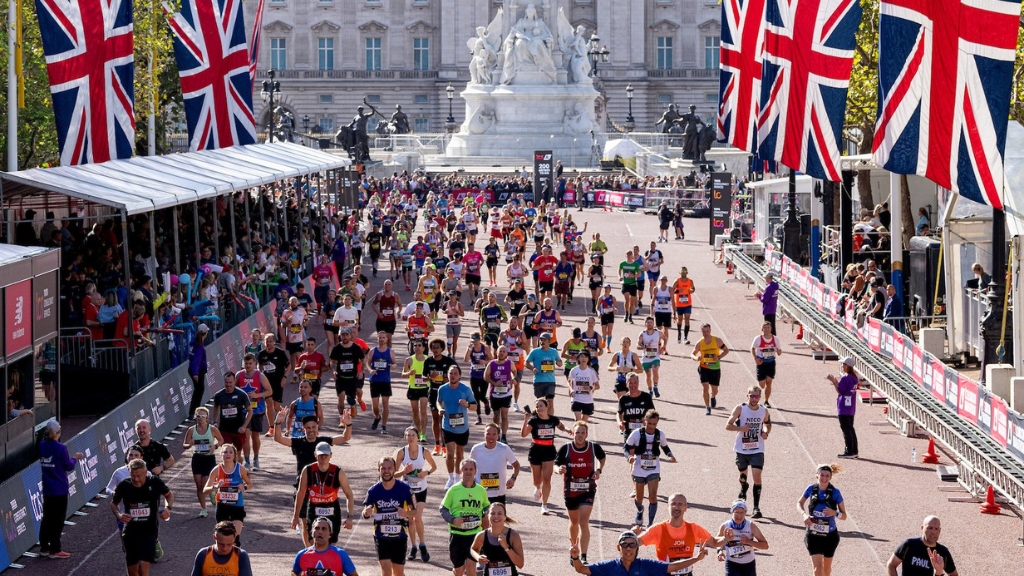
Photo: TCS London Marathon
We spoke with Katya Malinova, a global marathon participant for whom running is both a thrill and an adventure.
— How did you start running? Was it spontaneous, or did you approach it seriously from the beginning?
— I’ve been running with breaks throughout my life: in childhood, I did biathlon, and I started running regularly about ten years ago when we moved to an area with lots of greenery and parks. I got into marathons when the pandemic began; many people started running then.
— Where was your first marathon, and what were your impressions?
— It was in the city where I live — Mississauga. The route went through places where I usually train and literally passed by my house. At the start, I was a bit scared, but it was comforting to know that at the 18th kilometre, I could just run home (laughs).
- Courtesy of Katya Malinova’s personal archive
- Courtesy of Katya Malinova’s personal archive
Interesting fact: The London Marathon is the world’s largest charitable sporting event — a title officially recognised by the Guinness World Records. Since its inception in 1981, it has raised more than £1 billion for charity. Every year, thousands of runners participate not just for personal achievement, but to support causes close to their hearts — from major international organisations to small local initiatives. Many runners wear costumes, display charity logos, or carry signs in memory of loved ones. This unique blend of sport, community and philanthropy is what makes the London Marathon one of the most beloved races in the world.
— Which marathon was the toughest for you?
— The New York Marathon because it was my third marathon of the season. Also, the finish goes through the hills of Central Park, and the logistics are quite challenging. Fortunately, my children came to support me; they were standing three kilometres before the finish, so I had to push through.
— Have you ever wanted to quit during a marathon? What helps you keep going?
— No, that hasn’t happened. Thinking about quitting is a psychological mistake. On the contrary, focusing on the finish line helps.
Read more: Classical Music in Cinema: The Stenography of Emotion
— Of all the cities where you’ve run, which route was the most enjoyable?
— It’s hard to choose; it’s like asking which child you love more. Probably London, because the route went through familiar places and felt like a celebration, with people running in costumes. I have a special connection to the London Marathon also because I almost missed it. It was my third marathon, and I got into the lottery right away. I had to choose between London and Berlin, which were a week apart. Initially, I chose Berlin because I have family there. But during the Mississauga Marathon in May, participants told me I should choose London, or the running gods wouldn’t forgive me (laughs). I saw that people run marathons with a week’s break and decided to go for it. Since then, I haven’t managed to get into London again.

Photo: TCS London Marathon
Interesting fact: Footballer John Farnworth completed the London Marathon while juggling a football, finishing in 12 hours and 15 minutes without dropping it once. In 2002, rescuer Lloyd Scott wore a 50 kg diving suit and became the slowest marathoner in the world, completing the 42.195 km distance in 5 days.
— Is it still possible to not get into a marathon?
— Yes, these are the World Marathon Majors: London, Berlin, Boston, Chicago, New York, and Tokyo, hence the six-pointed star medal. Recently, Sydney was added as the seventh, and now the Australian city is waiting for the top events to become nine, making the star nine-pointed. These cities always have more applicants than spots, so participation is determined by a lottery.
— Have you experienced any unexpected or touching moments during a marathon?
— In London, there was a funny moment: runners suddenly shouted “Fly, you fools!” It turned out we were running past a pub where Ian McKellen was sitting, cheering on the marathoners. The famous phrase “Fly, you fools!” is uttered by Gandalf, played by McKellen, in “The Lord of the Rings.”
Read more: Greyhound racing in Britain: a cultural legacy at the crossroads
Invalid slider ID or alias.
— What does your typical week look like? Do you have a schedule, or is it based on mood?
— I have a coach who helps me create a schedule. I usually run 5-6 times a week: one long run and one or two speed workouts.
— How do you adjust your training for different seasons — winter, heat, rain?
— There’s no bad weather, only inappropriate clothing, as runners say. Bad weather is actually a mental training, developing mental endurance.
- Courtesy of Katya Malinova’s personal archive
- Photo: © Amazon.com
Interesting fact: A world record was once set on the streets of London. In 2002, Khalid Khannouchi, a Moroccan-born runner competing for the United States, completed the marathon in 2 hours, 5 minutes, and 38 seconds — setting a new world record at the time. His performance was a milestone not only for the London Marathon but for the sport as a whole, marking a new era of elite marathon racing. The race that year drew global attention and helped solidify London’s reputation as one of the fastest — and most prestigious — marathon courses in the world.
— What can’t you go for a run without?
— Nothing is absolutely essential. Running gear, I like Coros running watches because they help track progress.
— What do you take with you at the start of a marathon? Are you all about maximum gear (belts, bottles, headphones), or do you prefer minimalism?
— The less, the better. I run without headphones because I like to absorb the atmosphere of the surrounding world. I don’t even take my phone. Especially in the last kilometres, you want to throw everything away.
— How do you fuel during a marathon? Do you have tried-and-true gels, snacks, drinks that really work?
— Yes, gels, salt tablets, and water. I like Maurten and Endurance Tap gels. Energy gels are sports nutrition that provide carbohydrates during physical exertion, helping athletes endure the necessary distance; salt tablets replenish electrolyte levels in the body, prevent muscle cramps and spasms, and also reduce recovery time after exertion.
Read more: Winston Churchill: descendant of a pirate, impressionist and husband to the perfect wife
— How do you recover after a run? Do you use any gadgets, massages, special tools?
— I walk my dogs, go for walks. I have gadgets: a massage gun, a roller, a ball. I don’t use them as regularly as I should. I also use compression gear. Compression helps improve blood flow in the veins. By applying pressure, it reduces vein diameter, restores valve function, and enhances oxygenation. Compression socks are beneficial not only for runners but also for those who enjoy long walks or are preparing for flights.
— Are there any books, films or podcasts that motivate you to run? Things you keep coming back to?
— Yes, I love listening to podcasts, especially on long runs. Lately, I’ve been into two: Paula’s Marathon Run Club by Paula Radcliffe and Chris Thompson, which focuses specifically on the London Marathon, and Marathon Talk, which covers news from the running world. As for books, the Harry Potter series helps me disconnect. I also enjoy running-related films like Brittany Runs a Marathon, Run Fatboy Run, and musicals like Mamma Mia!
- Photo: © Amazon.com
- Courtesy of Katya Malinova’s personal archive
Interesting fact: Russian athletes have claimed victory at the London Marathon on two notable occasions. In 1991, Yakov Tolstikov won the men’s race with a time of 2:09:17 — a result that remains one of the best performances by a Russian marathoner on the world stage. Nearly two decades later, in 2010, Liliya Shobukhova triumphed in the women’s race, cementing her status as one of the strongest female distance runners of her generation. She returned the following year to take silver, becoming the only Russian woman to reach the podium in London twice.
— Do you have a running dream? A marathon you’d really like to run one day?
— The Big Sur Marathon in California is incredibly beautiful, but it’s quite a tough course with serious elevation changes.
— What would you advise someone who wants to run their first marathon or simply start running?
— Start with a good pair of running shoes. They help prevent injuries and make heading out the door feel easier — which is often the hardest part. The main thing is consistency: just go out and run, even if it’s not far. Every time you run when you didn’t feel like it — that’s already a win. One simple trick is to tell yourself you’ll just run for 15 minutes and then turn back. More often than not, once you’re out there, you’ll want to keep going.
Sometimes it all starts with those 15 minutes. And that can be the beginning of the longest and most beautiful journey — the one you run for the rest of your life.
Cover photo: Afisha.London
Read more:
Sustainable Technology: The Restart Project
Serge Lifar: reformer of the Paris Opera, the protégé of Sergei Diaghilev, and friend of Coco Chanel
The Baroness with a brush: how Russian émigré Tamara de Lempicka conquered the art world
SUBSCRIBE
Receive our digest once a week with quality Russian events and articles






